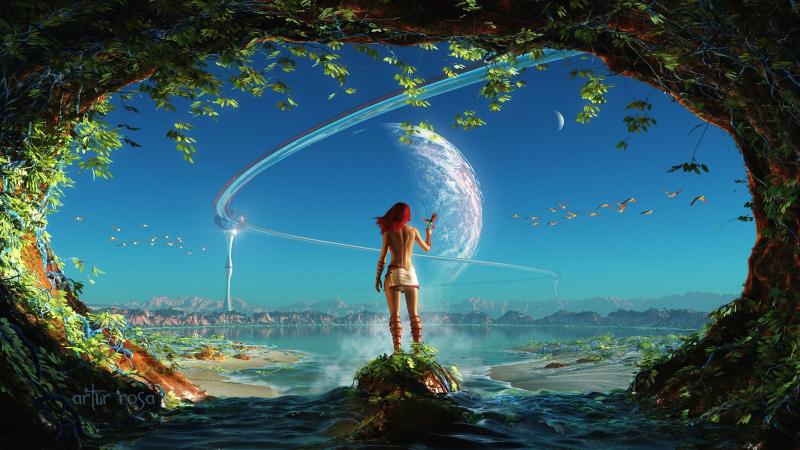Digital artwork has become a major force in the world of art, offering a new realm of possibilities for artists and creators. By leveraging digital tools and technology, artists can experiment with different styles, techniques, and mediums to produce stunning and diverse works of art. In this article, we'll explore the beauty and diversity of Digital Artwork and how it's shaping the future of artistic expression.
The Many Forms of Digital Artwork
Digital artwork encompasses a wide range of forms, each offering its own unique possibilities:
- Digital Painting: Artists use digital brushes and software to create paintings that mimic traditional techniques, with the added advantage of editability.
- 3D Modeling and Sculpting: Digital tools allow artists to create detailed 3D models and sculptures, which can be used in various fields such as animation, gaming, and virtual reality.
- Graphic Design and Illustration: Digital design and illustration enable artists to create visually stunning works for various purposes, including branding, marketing, and editorial content.
- Animation and Motion Graphics: Digital animation brings still images to life, creating captivating visual stories and experiences.
- Digital Collage: Artists can combine various digital elements, such as photos, textures, and illustrations, to create unique digital collages.
The Appeal of Digital Artwork
- Creative Freedom: Digital art offers artists the freedom to experiment with new styles, techniques, and mediums without the constraints of traditional materials.
- Global Reach: Digital artwork can be easily shared online, reaching a global audience and expanding artists' influence.
- Collaboration and Cross-Disciplinary Projects: Digital art facilitates collaborations with other fields such as film, music, and gaming, leading to innovative and interdisciplinary projects.
- Customization and Personalization: Digital tools allow artists to create customized works tailored to specific audiences or clients.
- Sustainability: Digital artwork reduces the need for physical materials and resources, contributing to a more sustainable art practice.
Challenges and Opportunities
- Copyright and Ownership: The ease of sharing digital art online raises questions about copyright and ownership that need to be addressed.
- Balancing Traditional and Digital Art: Some artists may find it challenging to strike a balance between traditional art techniques and digital innovation.
- Technical Learning Curve: Mastering digital tools and software may require time and effort, but the rewards are worth it for many artists.
- Evolving Markets: Digital art markets, such as NFTs, offer new opportunities for artists, but also present challenges related to regulation and sustainability.
Digital artwork offers artists an exciting and ever-evolving platform to express their creativity and connect with audiences worldwide. As technology continues to advance, digital art will play an increasingly important role in shaping the future of artistic expression. Artists who embrace the possibilities of digital artwork can push the boundaries of creativity and redefine what art can be.
Get more insights, On Digital Artwork
